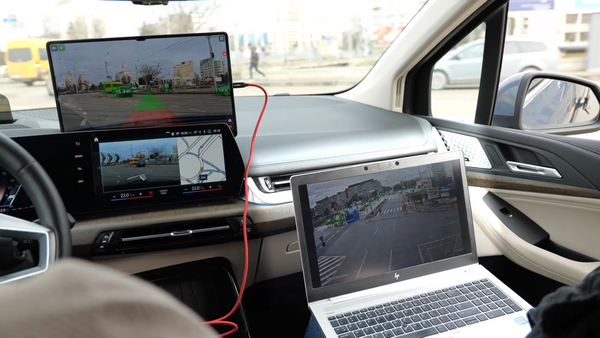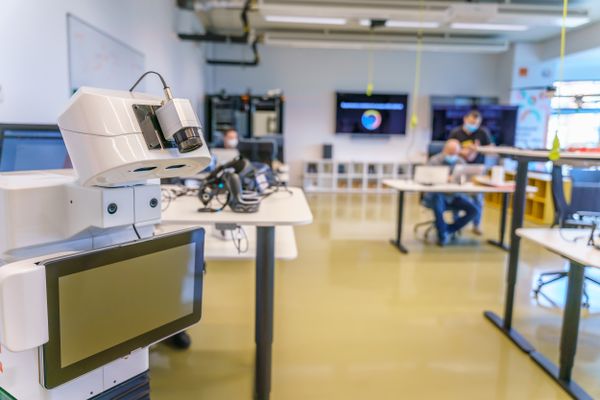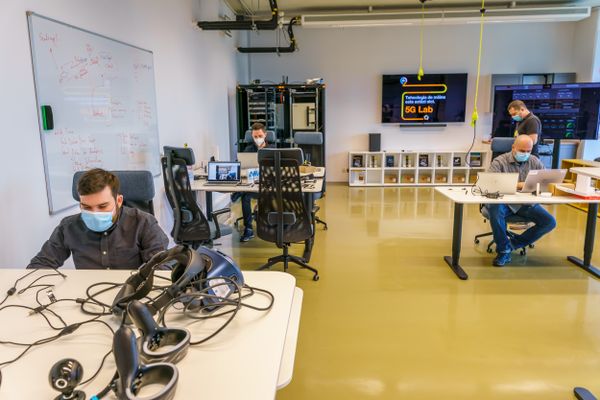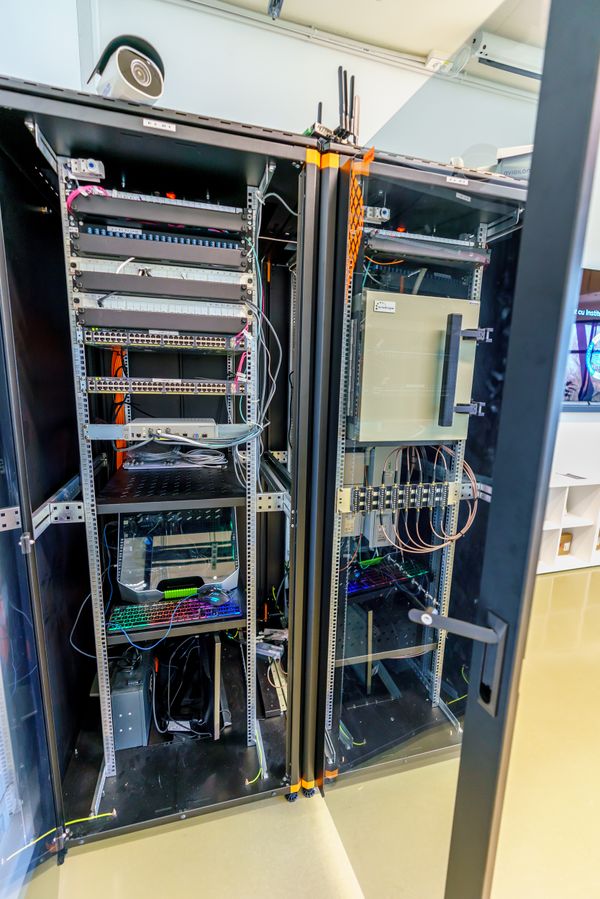Within the 5G Lab infrastructure, Orange sets a new national premiere by running the first data calls implemented via uRLLC (Ultra-Reliable Low Latency Communications) and eMBB (Enhanced Mobile Broadband). This was done on the 5G StandAlone (5G SA) network, based on the core component of the 5G Standalone Private Mobile Radio infrastructure. Thus, we see the first data call that natively uses only 5G infrastructure demonstrating improved performance with latency of less than 5ms and higher data transfer capacity with uRLLC implementation.
The new performances in the 5G SA network architecture represent the basis for the development of the newest and most innovative communication technologies, an important step in the evolution of the next generation of more efficient and agile networks. With extremely low latency and up to 1.4 Gbps speeds, this demonstrates real capabilities to support new specific connectivity and digitization needs of business partners, thus enabling industries to develop future Industry 4.0 applications and manage large volumes of information and network connections.
Behind the innovative data calls' success stands the unique network architecture in Romania present in 5G Lab, which allows the development of innovation and research projects to support the digitization of several economic sectors using 5G, such as agritech, smart cities, autonomous cars, transport and logistics, e-health, cyber security, green technology, etc.
Romanian companies and startups are already cooperating with Orange to bring to market 5G solutions that improve people's quality of life. Thus, Bosh and Orange are testing 5G support for various solutions that can lead to improved road safety, energy saving and increased traffic efficiency. Another project, supported by 5G Lab, is the Safe City solution, developed by SecurifAI, startup that provides public security projects. Operational flexibility and short lead times are two of the main benefits of the new architecture. A third project tested on the 5G infrastructure and within the 5G Lab resources, the Telios Care Clinic has improved its telemedicine solution that provides professional medical consultations via phone or video conference. All this is possible due to the flexibility to quickly allocate network resources in the form of a slice (uRLLC slice - Ultra Reliable Low Latency Communications). The reduced latency, below 5 ms, is essential to send real time measurements towards the doctor and, in parallel, perform the video consultation (slice eMBB - Enhanced Mobile Broadband).
Orange has been actively involved since 2017 in 5G-PPP research and innovation projects within the European Horizon 2020 program, such as VITAL-5G, 5GASP, 5G-VICTORI, SLICENET, MATILDA, that aim to define 5G architecture, actively contribute to standardize the technology and demonstrate the applied functionalities of the new architecture.
Recently, a series of projects based on 5G technology developed by Orange Romania together with international partners, including Alba Iulia Smart City, Navrom Galați, partnerships with companies like Bosch in Cluj and Continental in Iasi and Timisoara, were included in the European report "5G, beyond 5G, and 6G Activities Promoted by Member States" published by the 6G-IA Association, the voice of the European industry for the development and evolution of 5G. Orange's efforts to get involved in the development of 5G-based solutions have once again been recognized internationally.
















